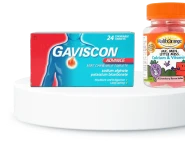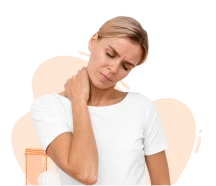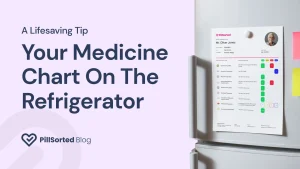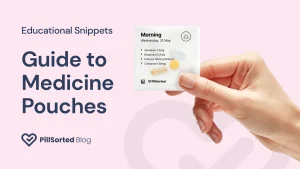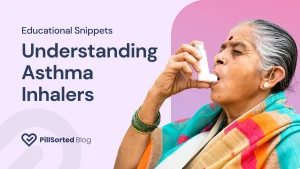Simple Breathing Exercises You Can Do to Reduce Stress

In our overly busy world, stress seems to be lurking around every corner. While stress is a natural response to crisis and life’s pressures in today’s overly noisy and busy world it gets activated and stays on for too long. So instead of feeling motivated and energized, we end up feeling overwhelmed and unable to cope. Fortunately, there’s a simple and effective ways to help your body turn the stress response off: through the power of your breath. By tapping into the rhythm of your breath, you can activate your body’s parasympathetic system, the body’s off button, to cultivate a sense of calm and tranquillity amidst life’s chaos.
In this article we’ll explore four simple breathing exercises you can do just about anywhere to reduce stress—deep belly breathing, box breathing, 4-7-8 breathing, and alternate nostril breathing, .
In this post:
- Deep Belly Breathing (Diaphragmatic Breathing)
- Box Breathing
- 4-7-8 Breathing
- Alternate Nostril Breathing (Nadi Shodhana)
- Pharmacy Breathing Aids
- Breathing Exercise Dos & Don’ts
- Main Takeaways
Deep Belly Breathing (Diaphragmatic Breathing)
Deep belly breathing helps you use your diaphragm (the most efficient muscle for breathing) to activate the body’s relaxation response (the parasympathetic system), slowing the heart rate, lowering blood pressure, and promoting feelings of calmness and wellbeing. It is one of the most fundamental breathing exercises for stress relief and can also help several conditions including anxiety, asthma, and COPD.
Here’s how to do deep belly breathing:
- Find a comfortable seated or lying position (lying down might be easier when first learning). Put a pillow under your knees for better positioning if lying down.
- Place one hand on your chest and the other on your abdomen, just below your rib cage, to allow you to feel your diaphragm moving.
- Inhale slowly through your nose, allowing your abdomen to rise as you fill your lungs with air. The hand on your chest should remain still and the hand on your abdomen should rise.
- Tighten your stomach muscles and exhale slowly through your mouth (purse your lips), emptying your lungs completely as your abdomen falls. The hand on your chest should remain still and the hand on your abdomen should fall.
- Continue this deep breathing pattern for at least 5 to 10 minutes, focusing on the rise and fall of your abdomen with each breath. You may choose to extend your sessions to 15 minutes or longer as you advance. Practice deep belly breathing three to four times a day, initially to experience its full benefits.
Box Breathing (4-4-4-4 Breathing)
Box breathing, also known as square breathing, is a simple yet powerful technique that originated from yoga. It has gained popularity in recent years once word got out that using box breathing can restore balance in moments of high tension, help stay calm and enhance their mental clarity. Box breathing involves inhaling, holding, exhaling, and holding the breath in equal 4-4-4-4-second counts (think about a box).
Here’s how to do box breathing:
- Begin by finding a relaxed position, sitting or lying down with a straight spine. Breathe out slowly, releasing all the air from your lungs.
- Breathe in deeply in through your nose for a count of 4 seconds (count in your head), filling your lungs and stomach with air.
- Hold that breath for a count of 4 seconds, keeping your lungs full.
- Slowly exhale through your mouth for a count of 4 seconds, emptying your lungs completely.
- Hold your breath for another count of 4 seconds, enjoying a moment of stillness.
- Continue this box pattern of inhaling, holding, exhaling, and holding for several rounds, maintaining a steady rhythm. Most people start with 3 to 5 rounds.
4-7-8 Breathing
Also with roots in yoga, the 4-7-8 breathing technique has been popularized by integrative medicine specialist Dr. Andrew Weil. It helps promote relaxation by increasing oxygen levels in the bloodstream and inducing a state of calm. In addition to stress relief, this breathing technique has also been show to decrease blood pressure, heart rate and help with sleep.
Here’s how to do 4-7-8 breathing:
- Begin by exhaling completely through your mouth, making a whooshing sound. Keep your tongue toward the roof of your mouth with your tongue touching the back of your two front teeth throughout the exercise.
- Close your mouth and inhale quietly through your nose to a mental count of 4 seconds.
- Hold your breath for a count of 7 seconds in your mind.
- Exhale forcefully through your mouth, making a whooshing sound, to a count of 8 seconds.
- Repeat this cycle three more times, for a total of four breath cycles. Do this twice a day as part of a morning and evening ritual. And use it, of course, any time that you feel stressed.
Note that it is normal when you are first learning 4-7-8 breathing to experience lightheadedness or shortness of breath—the result of breathing slowly. Your body will adjust with practice.
Alternate Nostril Breathing (Nadi Shodhana)
Alternate nostril breathing, known in Sanskrit as Nadi (energy) Shodhana (cleansing), helps calm the mind, improve focus and concentration, and harmonize the body’s energy systems by activating the parasympathetic system. Studies have shown that this breathing technique lowers stress in both men and women.
Here’s how to do alternate nostril breathing:
- Begin by sitting comfortably in a cross-legged position or on a chair with your spine straight and your shoulders relaxed.
- Place your left hand on your left knee in a relaxed gesture.
- Use your right thumb to close your right nostril and inhale deeply through your left nostril.
- At the peak of your inhalation, close your left nostril with your right ring finger, then release your right nostril and exhale completely.
- Inhale through your right nostril, then close it with your right thumb and release your left nostril to exhale completely.
- Continue this alternate nostril breathing pattern for several rounds, focusing on the flow of air through each nostril. Most people start with 5 to 10 rounds and gradually increase over time with practice.
Pharmacy Breathing Aids
If you have breathing difficulties, including allergies or the common cold, there are several over-the-counter medicines that you can get at your pharmacy to help get relief from your symptoms. Having clear nasal passages and lungs will improve your ability to the four breathing exercises highlighted in this article.

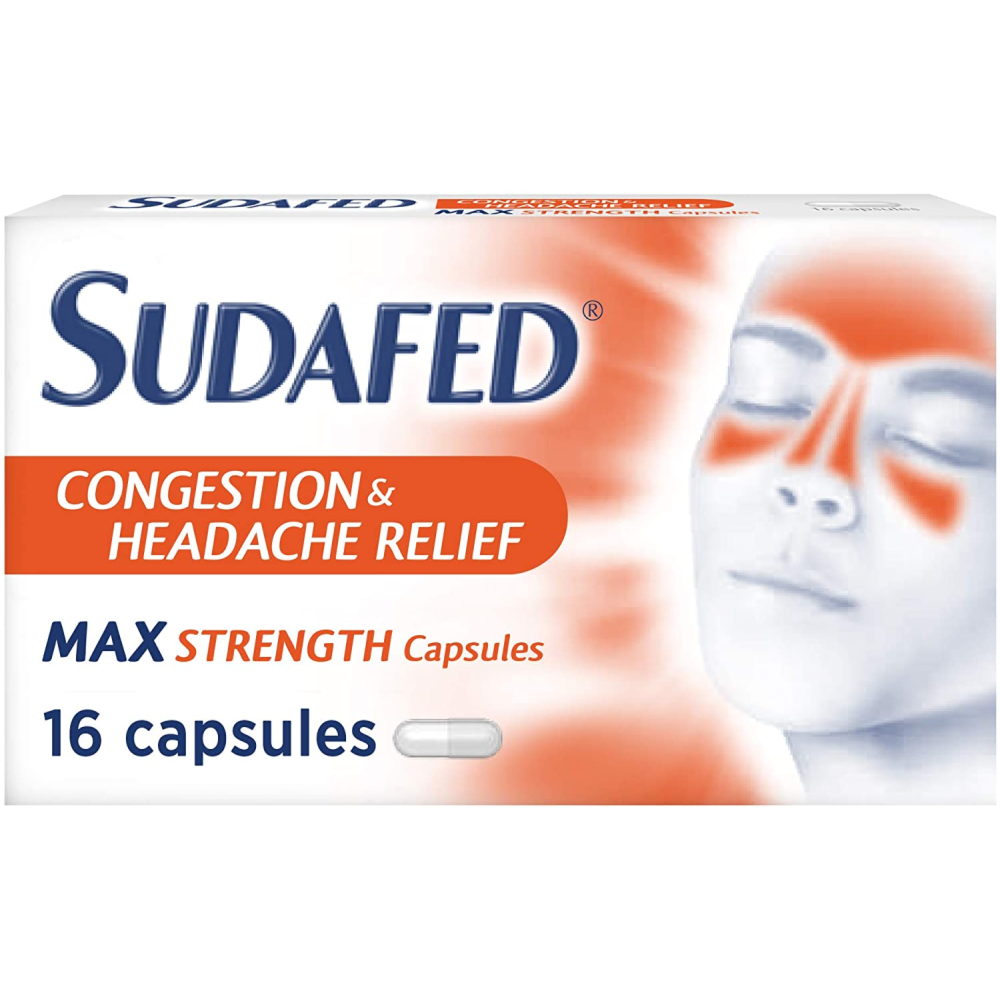
Sudafed Congestion and Headache Relief Max Strength – 16 Capsules
Sudafed Congestion and Headache Relief Max Strength Capsules are an effective remedy for headaches and nasal congestion, particularly those originating from sinusitis.
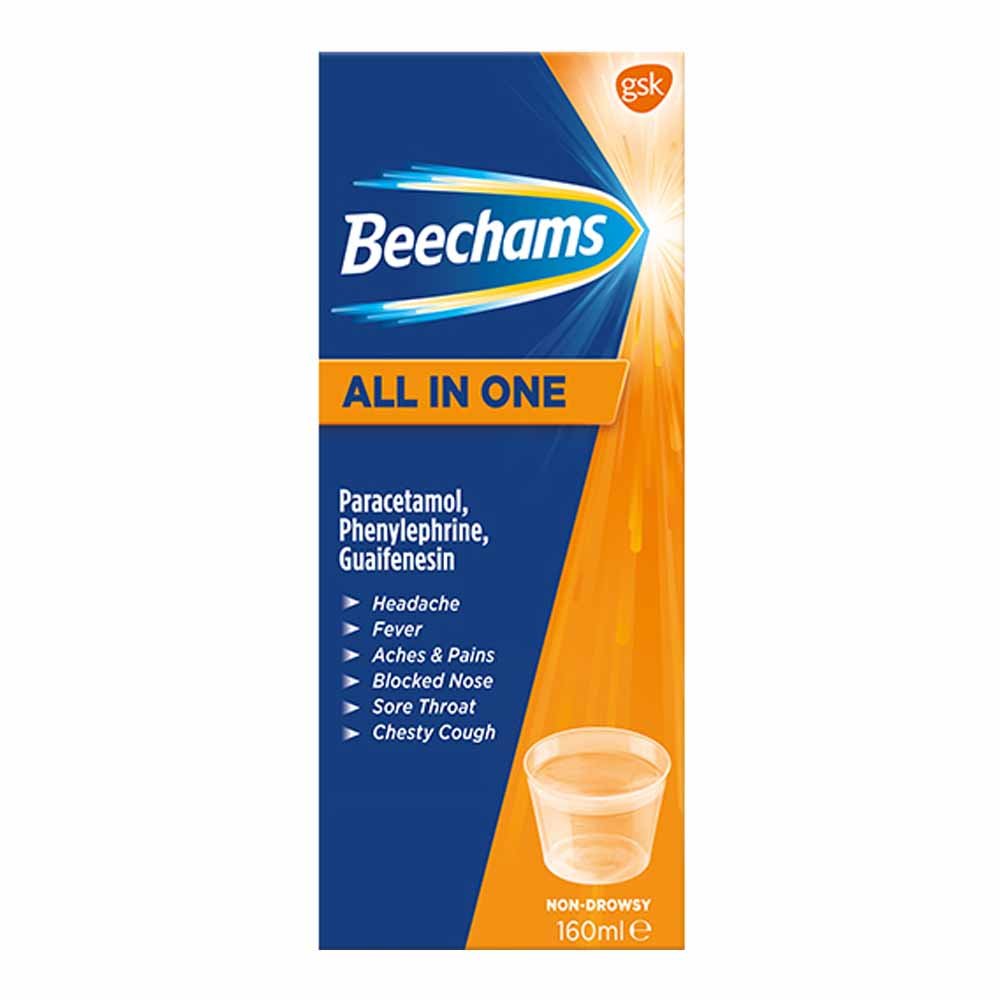
Beechams All in One – 160ml
Beechams All in One is a trusted cold and flu remedy that provides comprehensive relief for various symptoms.
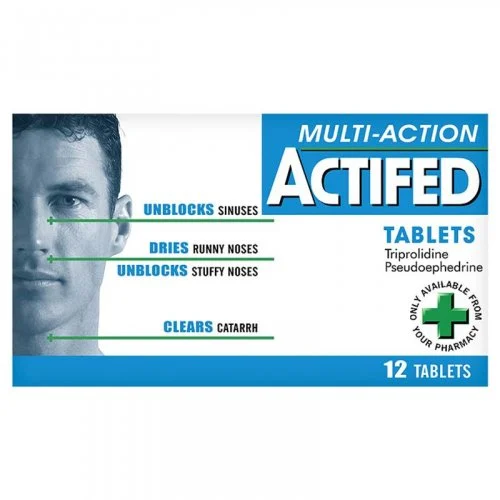
Actifed Multi-Action – 12 Tablets
Actifed provides relief from colds, flu or allergies.
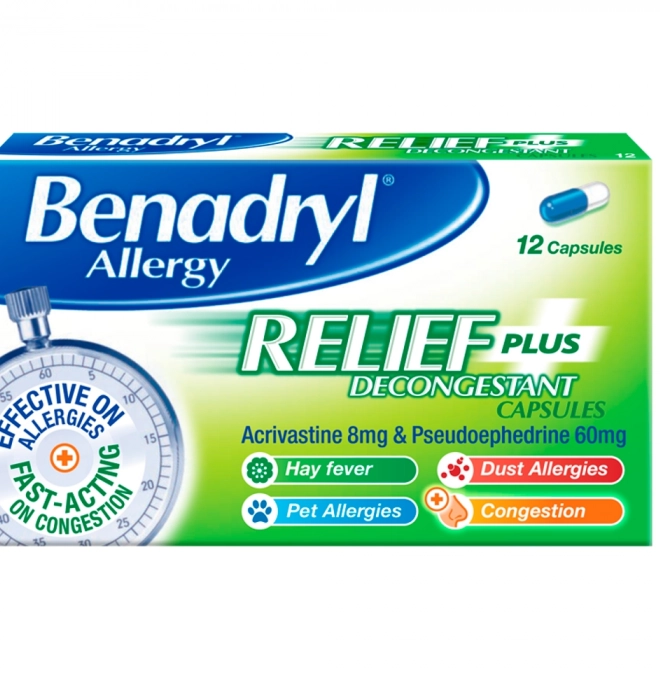
Benadryl Allergy Relief Plus Decongestant Capsules 12 Capsules
Benadryl Allergy Relief Plus Decongestant Capsules are designed to manage allergy symptoms and simultaneously unblock a stuffy or runny nose.

Contac Non-Drowsy Cold & Flu Dual Relief – 18 Tablets
Contac Dual Relief tablets are a treatment option for cold and flu symptoms that won’t make you drowsy. These tablets can help to reduce common symptoms, such as headaches, stuffy runny nose, and sore throats.
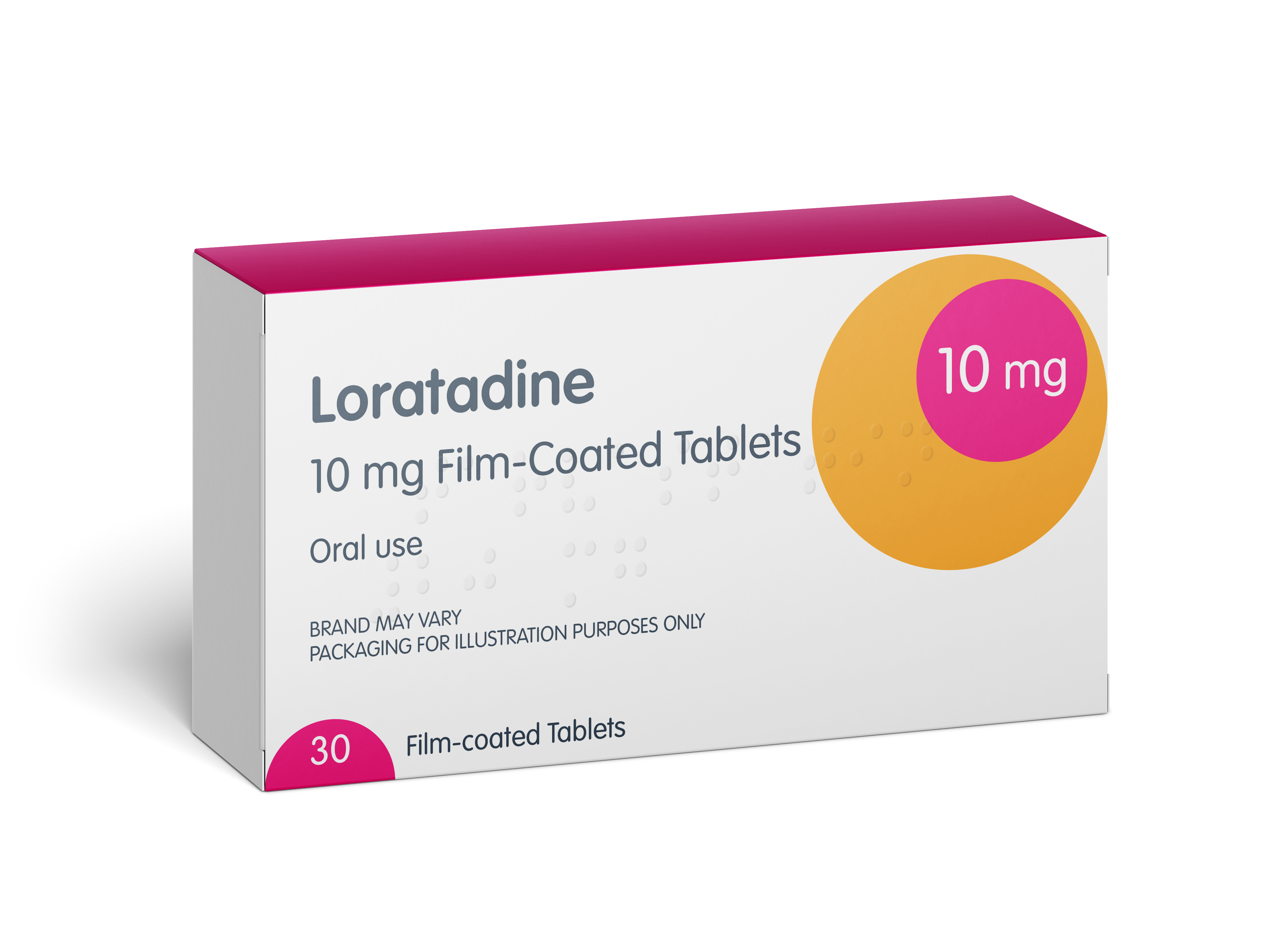
Loratadine 10mg Hayfever & Allergy Relief – 30 Tablets
Loratadine Hay Fever & Allergy Relief tablets provide relief from the symptoms of hay fever and other allergies.
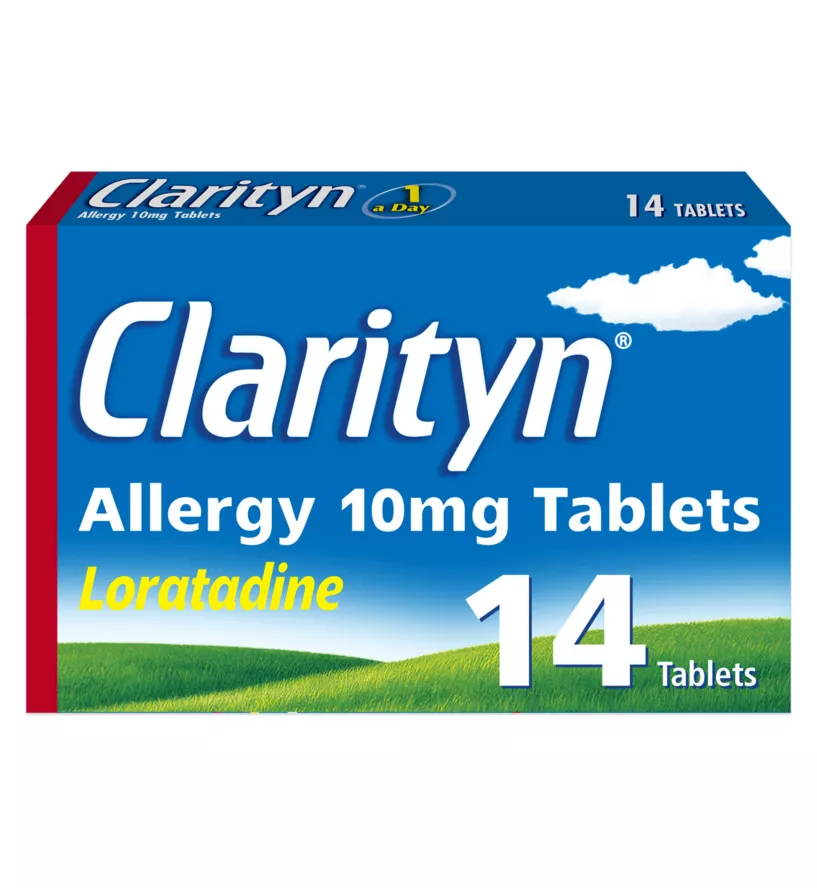
Clarityn Allergy 10mg – 14 Tablets
Clarityn Allergy Tablets are an ideal solution for individuals who struggle with hayfever and allergies. Taking a single tablet daily can help reduce the severity of symptoms like sneezing, runny nose, coughing, and itchy or watery eyes. This medication is a great way to keep allergy symptoms in check.
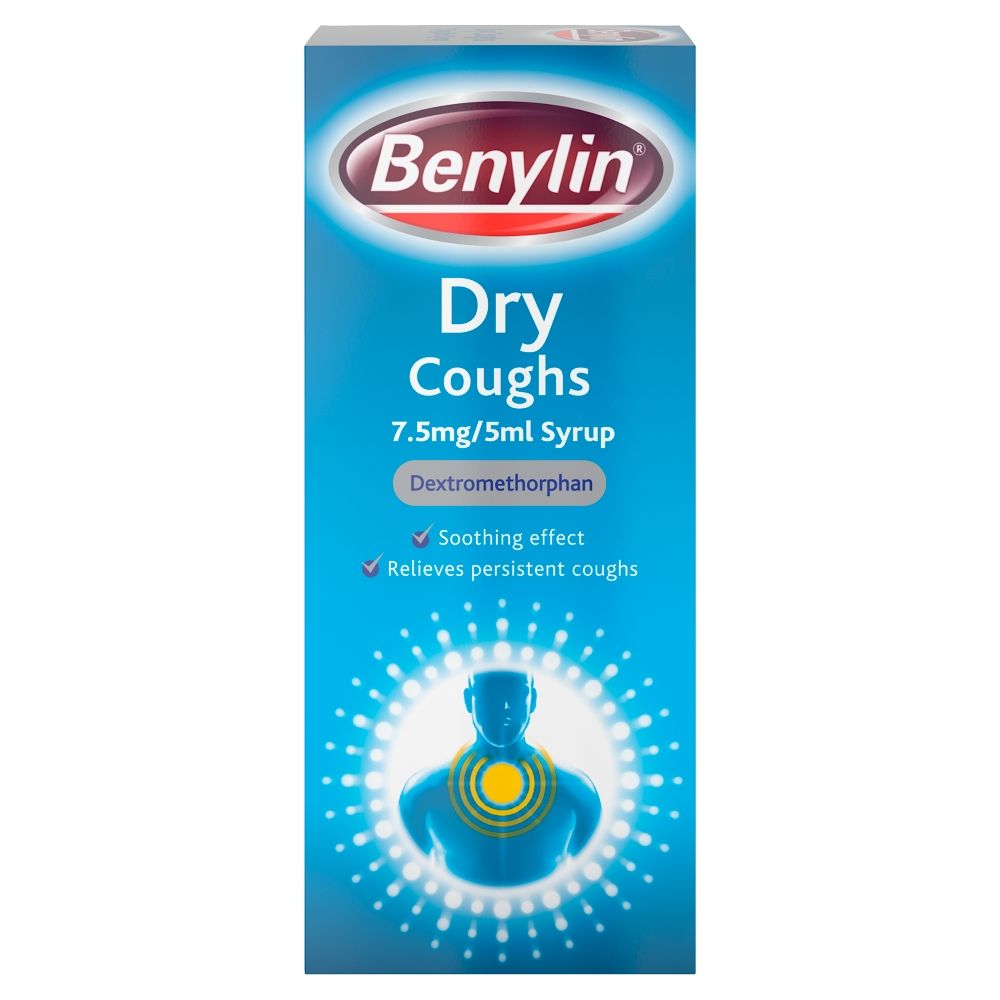
Benylin Dry Cough 7.5mg/5ml Syrup – 150ml
Benylin Dry Cough Syrup is a medication designed to provide relief from dry, irritating coughs. It works by temporarily inhibiting the cough reflex in the brain, providing relief from persistent dry coughs.

Benylin Chesty Coughs (non-drowsy) – 150ml
Benylin Chesty Coughs is a remedy that effectively addresses chesty coughs. The syrup contains the active ingredients guaifenesin and levomenthol. Guaifenesin is an expectorant that promotes the expulsion of sputum and facilitating the breakdown of the blockage. Levomenthol aids in nasal decongestion, promoting comfortable breathing.
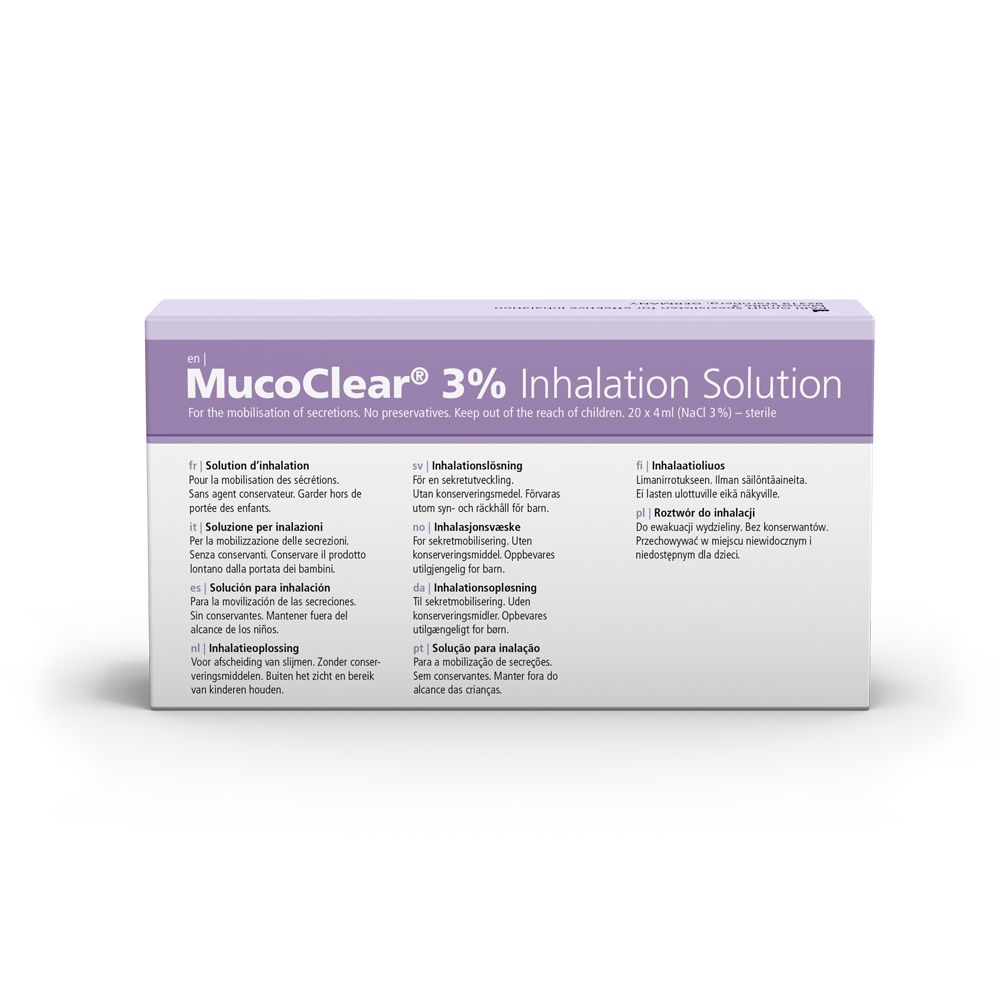
MucoClear 3% Hypertonic Saline Inhalation Solution – 20 x 4ml
MucoClear is a preservative-free and additive-free saline solution that helps to break down and remove excessive mucus from your sinuses and lungs, allowing you to breathe more easily. It is suitable for use in all nebulizer devices.
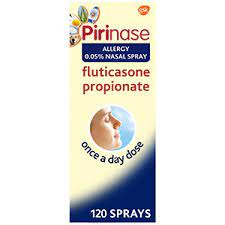
Pirinase Allergy Nasal Spray – 120 Dose
Pirinase Allergy Nasal Spray provides relief from hay fever and allergy symptoms, offering up to 24 hours of comfort.
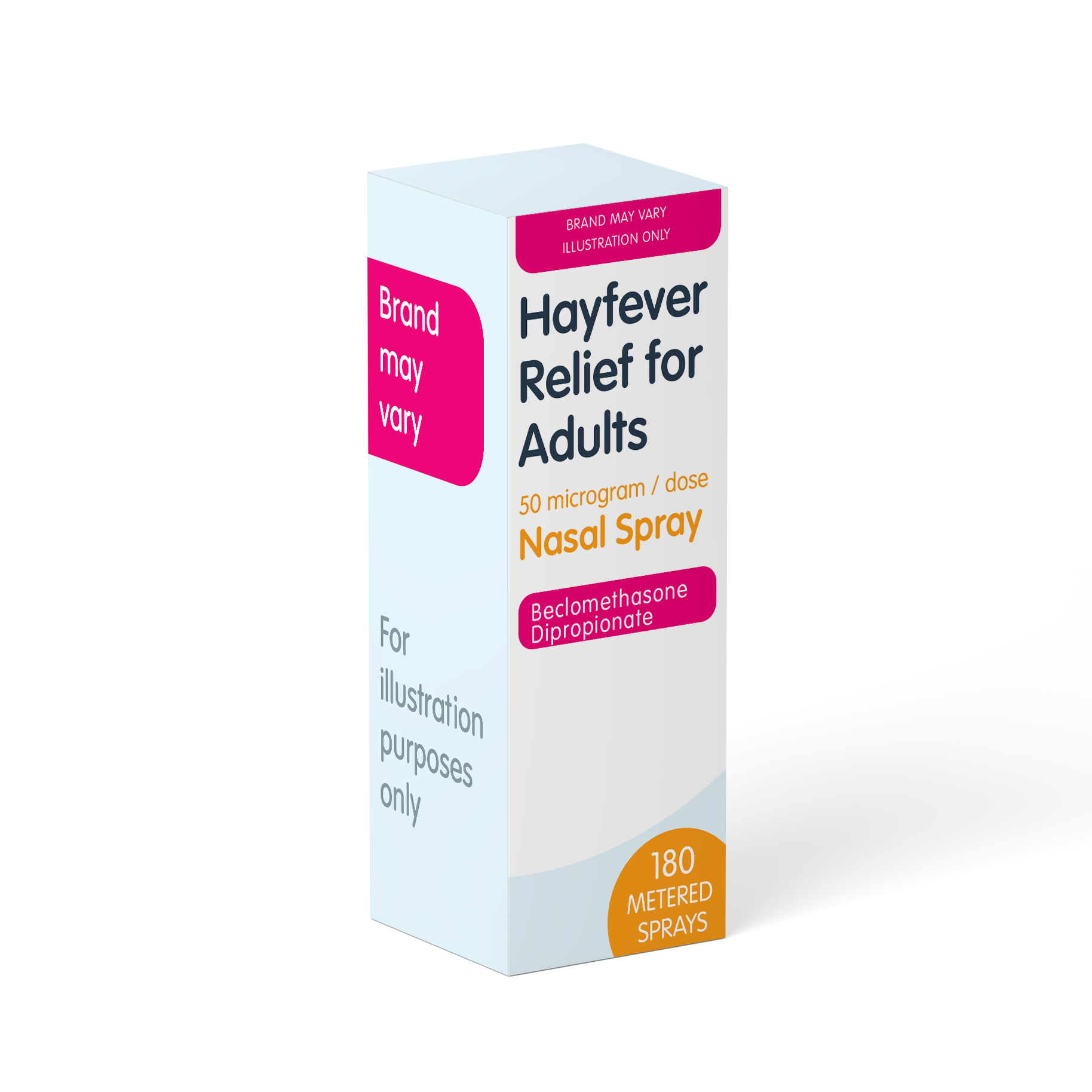
Beclometasone Hay Fever Relief Nasal Spray – 180 Dose
Beclometasone Hay Fever Relief Nasal Spray is a great way to manage your symptoms caused by hay fever during pollen season.
Breathing Exercise Dos & Don’ts
| Do | Don’t |
|---|---|
| Set aside dedicated time each day to practice breathing exercises, even if it’s just for a few minutes. | Don’t force your breath. Let it flow naturally. |
| Start with simple techniques like deep belly breathing before progressing to more advanced practices | Don’t over do it. Overdoing breathing exercises can lead to hyperventilation and even exacerbate feelings of stress. |
| Focus on slow, deep inhalations and exhalations. Quality not quantity. | Don’t practice breathing exercises in environments where it may be unsafe to do so, such as while driving or swimming. |
| Be mindful. Notice and enjoy the sensation of air flowing in and out of your body. | Don’t ignore discomfort. Stop if you feel pain, dizziness, or additional stress. |
| If you experience discomfort or dizziness, take a break and return to normal breathing | Don’t expect instant results. Mastering breathing exercise takes time. |
Main takeaways
- While stress is a natural response, it becomes problematic when prolonged.
- By tapping into the body’s natural rhythms through breath control, individuals can activate the parasympathetic nervous system, promoting a sense of calm and reducing stress.
- Deep belly breathing, box breathing, 4-7-8 breathing, and alternate nostril breathing are all easy methods to reduce stress and improve overall health.
References
Hopper, S., et al. (2019). Effectiveness of diaphragmatic breathing for reducing physiological and psychological stress in adults: a quantitative systematic review
Vierra, J., et al. (2022). Effects of sleep deprivation and 4-7-8 breathing control on heart rate variability, blood pressure, blood glucose, and endothelial function in healthy young adults
Sinha, A., et al. (2013). Assessment of the Effects of Pranayama/Alternate Nostril Breathing on the Parasympathetic Nervous System in Young Adults
Rung, O, et al. (2021). Alternate Nostril Breathing to Reduce Stress: An Option for Pregnant Women Survivors of Intimate Partner Violence?
Naik, G., et al. (2018). Effect of Modified Slow Breathing Exercise on Perceived Stress and Basal Cardiovascular Parameters
PillSorted
PillSorted is a full service pharmacy that delivers trusted pharmacy products, over-the counter medications, and the prescriptions your doctor recommends, directly to your door. Your PillSorted pharmacist is happy to answer your questions about weight loss and potential treatment options at 0333 4050380 or help@pillsorted.com.
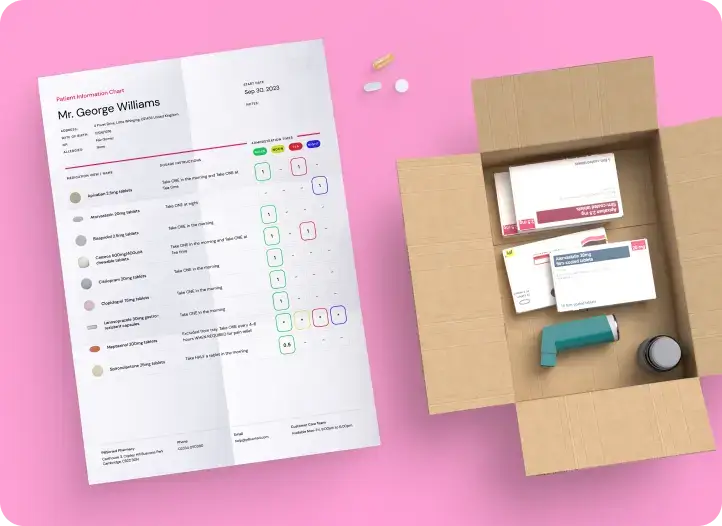
All third-party trademarks (including logos and icons) referenced by PillSorted remain the property of their respective owners. Unless specifically identified as such, PillSorted’s use of third party trademarks does not indicate or imply any relationship, sponsorship or endorsement between PillSorted and the owners of these trademarks.





